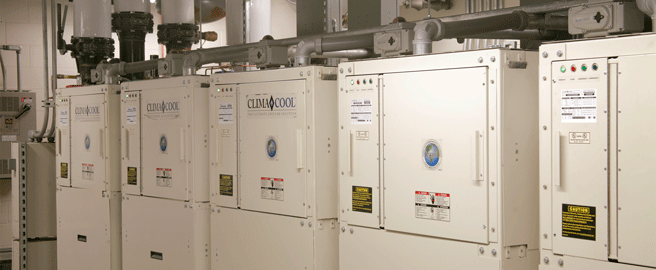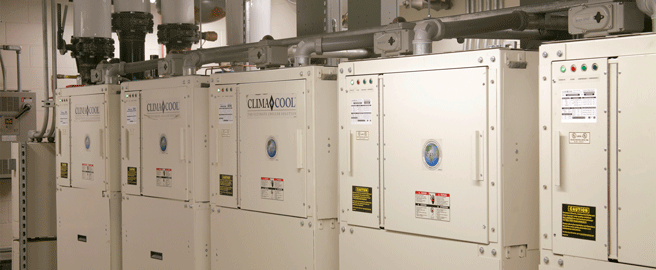

Commissioning by an MEP engineering services firm reduces or eliminates issues that may occur during construction or that might otherwise linger after the warranty close-out. Post-occupancy problems can include occupant discomfort, system/equipment operational issues, excessive energy use and reduced equipment life. Identifying issues during the design phase of the project allows the engineer to make corrections prior to receiving bids, saving the building owner and construction team money.
With issues identified during commissioning, the contractor is able to correct these issues early in the construction process, when it is most cost effective to do so. This reduces the possibility of the owner having to identify problems and have the contractor return to the site for repairs during occupancy.
The commissioning authority (CxA) monitors the owner’s performance requirements and compares them against the design. If the CxA feels that the design will not meet the expectations from the owner, it is brought up early enough so that ether the design is modified or the owner is now informed and his expectations may be modified. Coordination and constructability are also identified during early documentation. This helps to reduce cost overruns, bulletins and sub-contractor cost increases due to unexpected problems and new solutions.
Early detection lets everyone know what is expected and helps everyone understand how a system is supposed to function. The CxA can often be the bridge between the designer, who has one perception of how the building is to operate, and the contractor responsible for making the system work. These two parties may not understand the limits or capabilities of the equipment and commissioning brings the two together. Ultimately the owner benefits by being secure in the knowledge that when he takes over the building the systems are operational as designed.
Commissioning is one of the most cost-effective means of improving energy efficiency in buildings. Verification of advanced control strategies, including start/stop timing based on environmental conditions, occupancy determined scheduling, setpoint modification based on need, equipment staging, loop tuning, and other performance verification during the commissioning process has proven to reduce energy consumption. As a result, commissioning is required in federal buildings under the U.S. Energy Policy Act of 1992, is one of the core steps for the ENERGY STAR Buildings Program, is a requirement of LEED® Certification, is sponsored through incentives by many utility companies, and is required by ASHRAE Standard 90.1, which has been adopted by most states through their building codes.
The commissioning process requires involvement of the entire project team, including the Design Professional, the Contractor, and the Owner. The system design and operation are reviewed by all, and all aspects of system operation are tested. ASHRAE Guideline 0 outlines commissioning requirements including preparation of the commissioning plan and assembling the system documentation. Perhaps the best training possible occurs as the functional testing is performed. The Owner’s operating personnel can participate in running the system through its paces, verifying operation of each component and control point, seeing the system go into alarm when failures are simulated, and adjusting setpoints and watching the system respond. From a training perspective, full participation of the Owner in this process is extremely valuable.
Commissioning is typically one-half to 1-1/2 percent of the total construction cost of the building, depending on the complexity of the systems being installed. A study performed by members of the Lawrence Berkeley National Laboratory, Portland Energy Conservation Inc., and the Energy Systems Laboratory, Texas A & M University found that the median payback for commissioning new construction was 4.8 years. The cost of owning a building far exceeds the cost of construction; therefore, commissioning is a minimal up-front cost to reduce that long-term cost of ownership.
From APPA’s The Building Commissioning Handbook: “The increasing reality is that, in all likelihood, most new buildings that are being developed today simply will not work unless a formal building commissioning program is properly employed.”
The commissioning process can help verify that all of your building’s systems and processes are functioning as designed. Get your free copy of our Building Commissioning Playbook to see how learn more about the benefits of commissioning your building.
These Stories on Commissioning